In an increasingly aware world of the need to adopt sustainable practices, architecture is not lagging behind in its quest for environmentally friendly materials. In this context, cork has emerged as a prominent choice due to its unique properties and its ability to contribute to sustainable construction. From cladding to insulation, cork has become a valuable resource in the architecture industry, demonstrating that innovation and eco-efficiency can go hand in hand.
Cork is a natural and versatile material derived from the bark of the cork oak tree (Quercus suber), which is mainly found in Mediterranean regions such as Portugal, Spain, Morocco, and Tunisia. The process of obtaining cork, known as “cork harvesting,” involves the careful extraction of the tree’s bark every 9-12 years, allowing the cork oak to continue growing and regenerating. This unique characteristic of cork makes it a sustainable and renewable resource.
The cellular structure of cork is what grants it exceptional properties. It consists of a series of hexagonal cells filled with air, forming a structure similar to a honeycomb. This structure imparts qualities to cork such as lightness, flexibility, and resistance to compression. Additionally, cork is naturally resistant to fire, insects, and decay, making it a durable and reliable material.
One of the most notable applications of cork in architecture is as a thermal and acoustic insulator. Its unique cellular structure, composed of air bubbles encapsulated in a solid matrix, grants it exceptional properties for regulating temperature and sound in buildings. Cork is a natural insulator that reduces heat transfer, helping to maintain a comfortable indoor temperature and reducing the need for heating or cooling. This not only decreases energy consumption but also lowers greenhouse gas emissions.
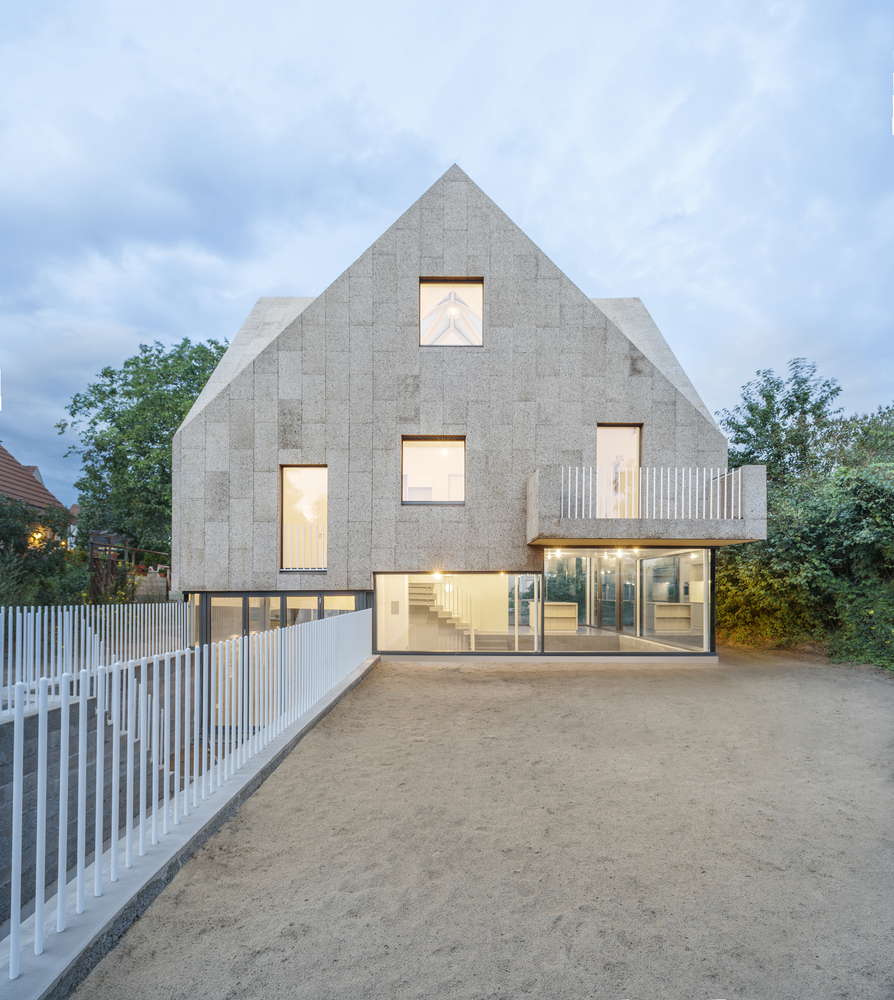
Corkscrew House in California, United States. Courtesy of Gui Rebelo
Another advantage of cork in architecture is its versatility as cladding. Cork panels can be used on facades and interior walls, adding a natural and warm appearance to buildings. Beyond its aesthetic appeal, cork is highly resistant to water and weathering, making it a durable and low-maintenance option. As architects seek both aesthetic and functional solutions, cork emerges as an eco-friendly alternative to traditional cladding materials.
The environmental footprint of cork is notably lower compared to other construction materials. Its production process requires minimal energy and resources. Additionally, cork is biodegradable and can be recycled for reuse in other products, further reducing its environmental impact. By using cork in architecture, a longer lifespan for the material is promoted, reducing waste generation and the need for virgin raw materials.
Cork has found a variety of applications in modern architecture, standing out for its sustainable and functional qualities:
“Cork Screw House” in California, United States: Designed by architect Eric Corey Freed, this eco-friendly house is clad with cork panels. Cork acts as a thermal and acoustic insulator, in addition to adding a natural and warm appearance to the design.
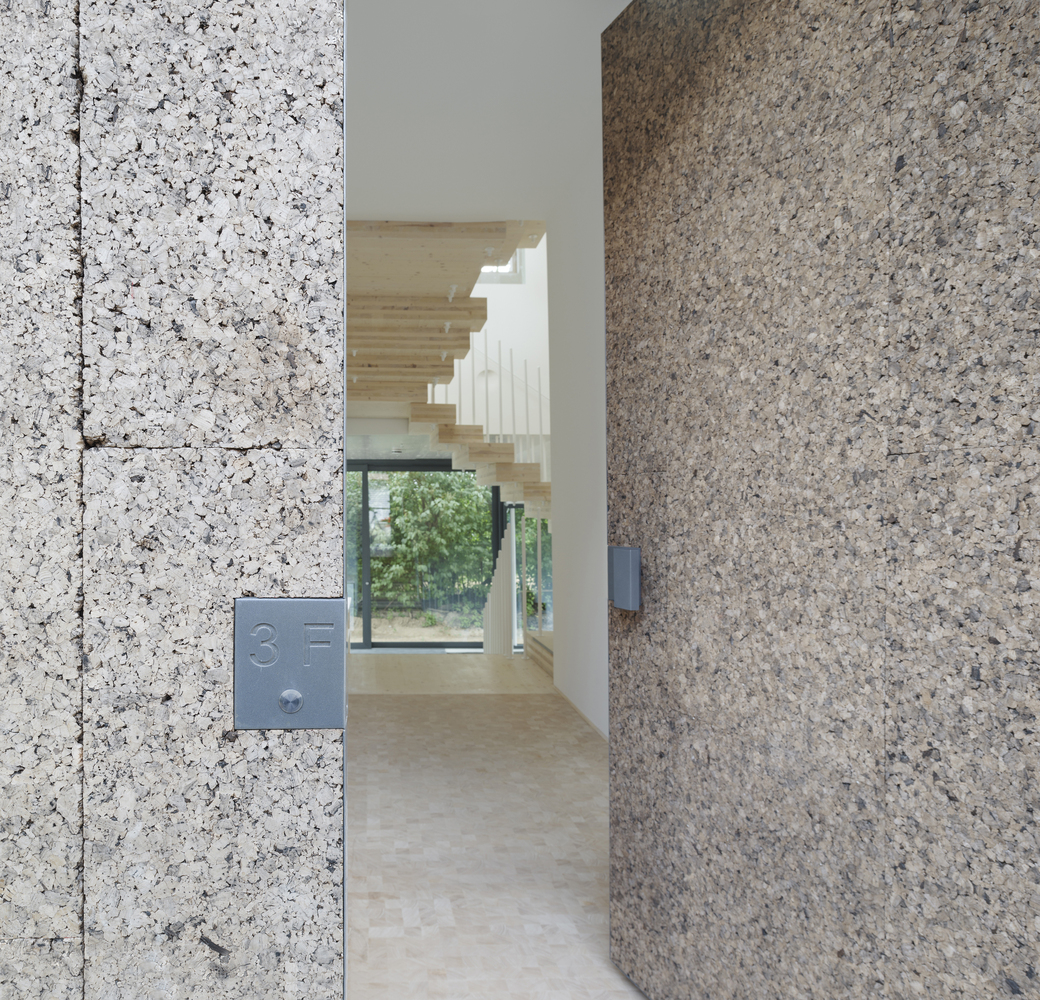
Corkscrew House in California, United States. Courtesy of Gui Rebelo

Corkscrew House in California, United States. Courtesy of Gui Rebelo
Portugal Pavilion at Expo 2000 in Lisbon: Designed by Álvaro Siza and Eduardo Souto de Moura, this pavilion featured an exterior facade covered in cork panels, allowing for visual and functional integration with the natural environment.
Elliott House in South Africa: Architect Paul Elliott constructs an eco-friendly home on family property, utilizing sustainable materials and Japanese architectural styles.
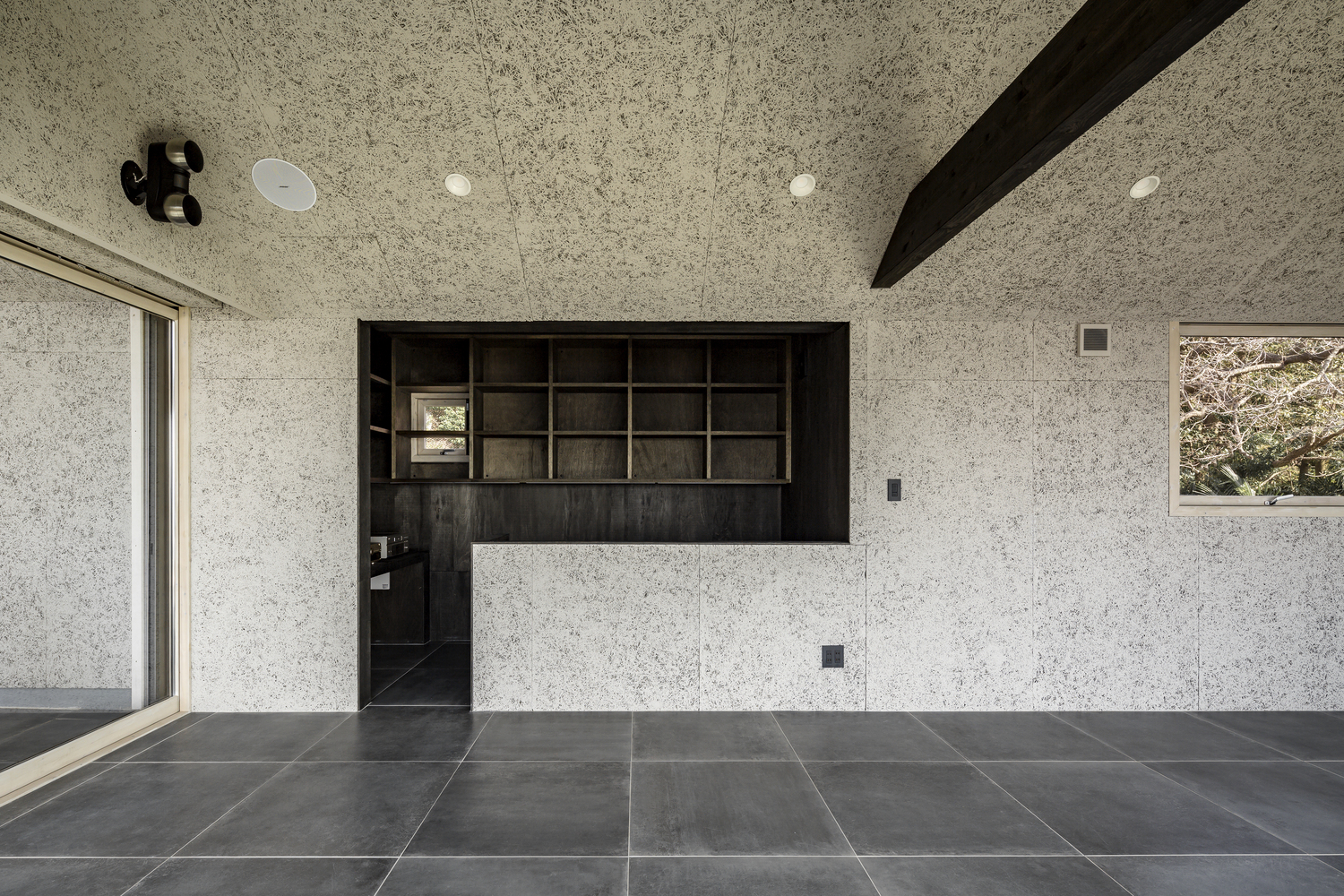
Panorama House in Hayama, Japan. Courtesy of Kazutaka Fujimoto
In all these examples, cork demonstrates its ability to blend functionality and aesthetics in the realm of architecture. Whether used as insulation, cladding, or a design element, cork continues to prove its relevance as a sustainable and versatile material in modern construction.
Cork has gained recognition as a valuable sustainable material in modern architecture. Its ability to act as a thermal and acoustic insulator, its versatility as cladding, and its low environmental impact make it an attractive choice for designers and architects committed to sustainable construction. By choosing cork as a building material, not only is the environment benefited, but innovation is also promoted, inspiring others to consider responsible alternatives in design and construction.
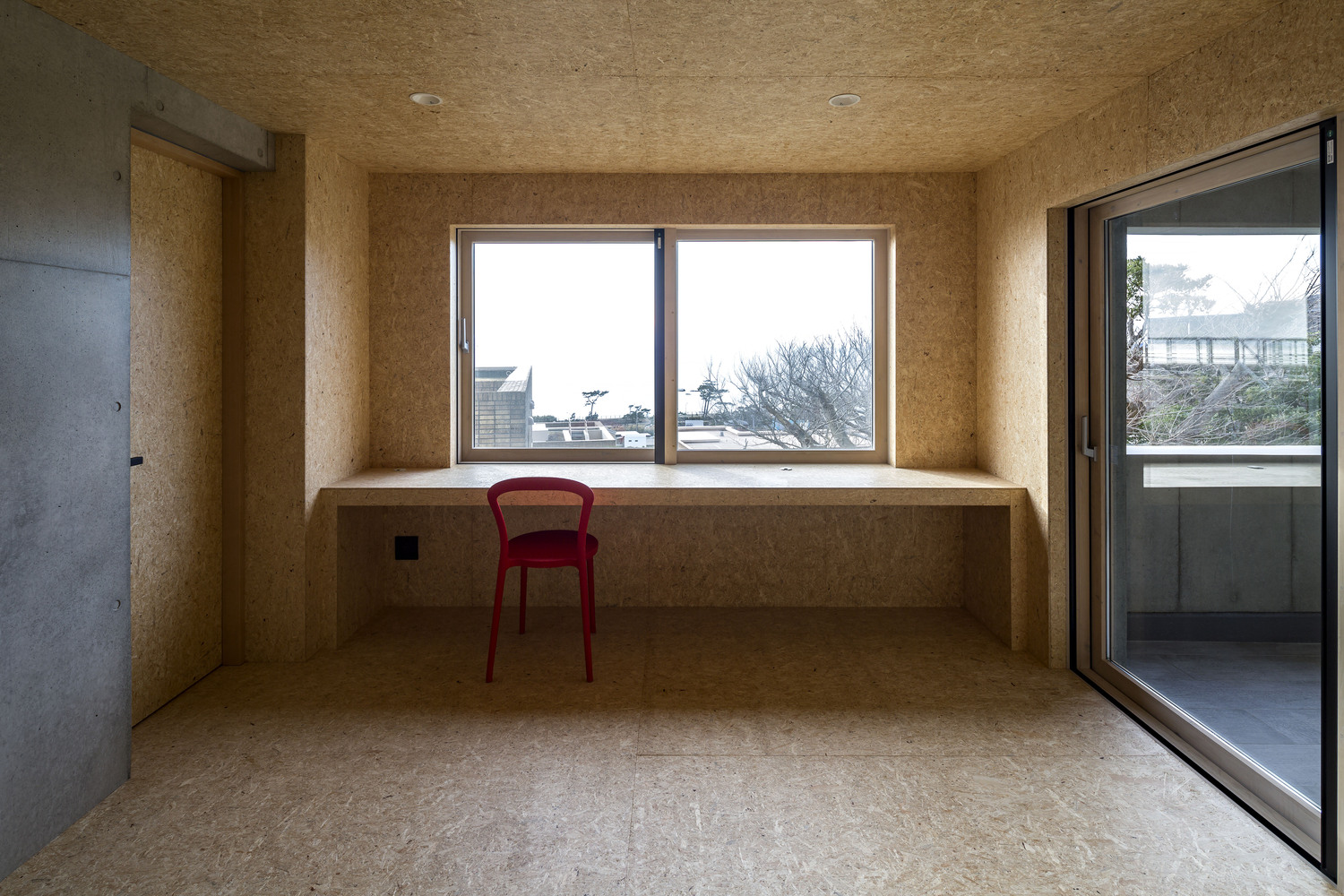
Panorama House in Hayama, Japan. Courtesy of Kazutaka Fujimoto
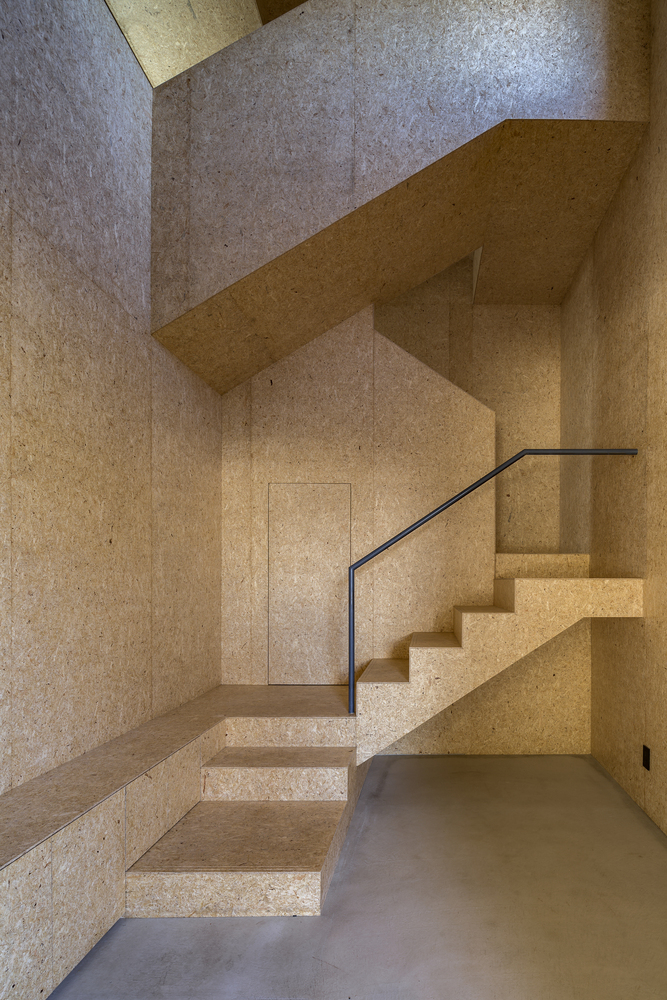
Panorama House in Hayama, Japan. Courtesy of Kazutaka Fujimoto



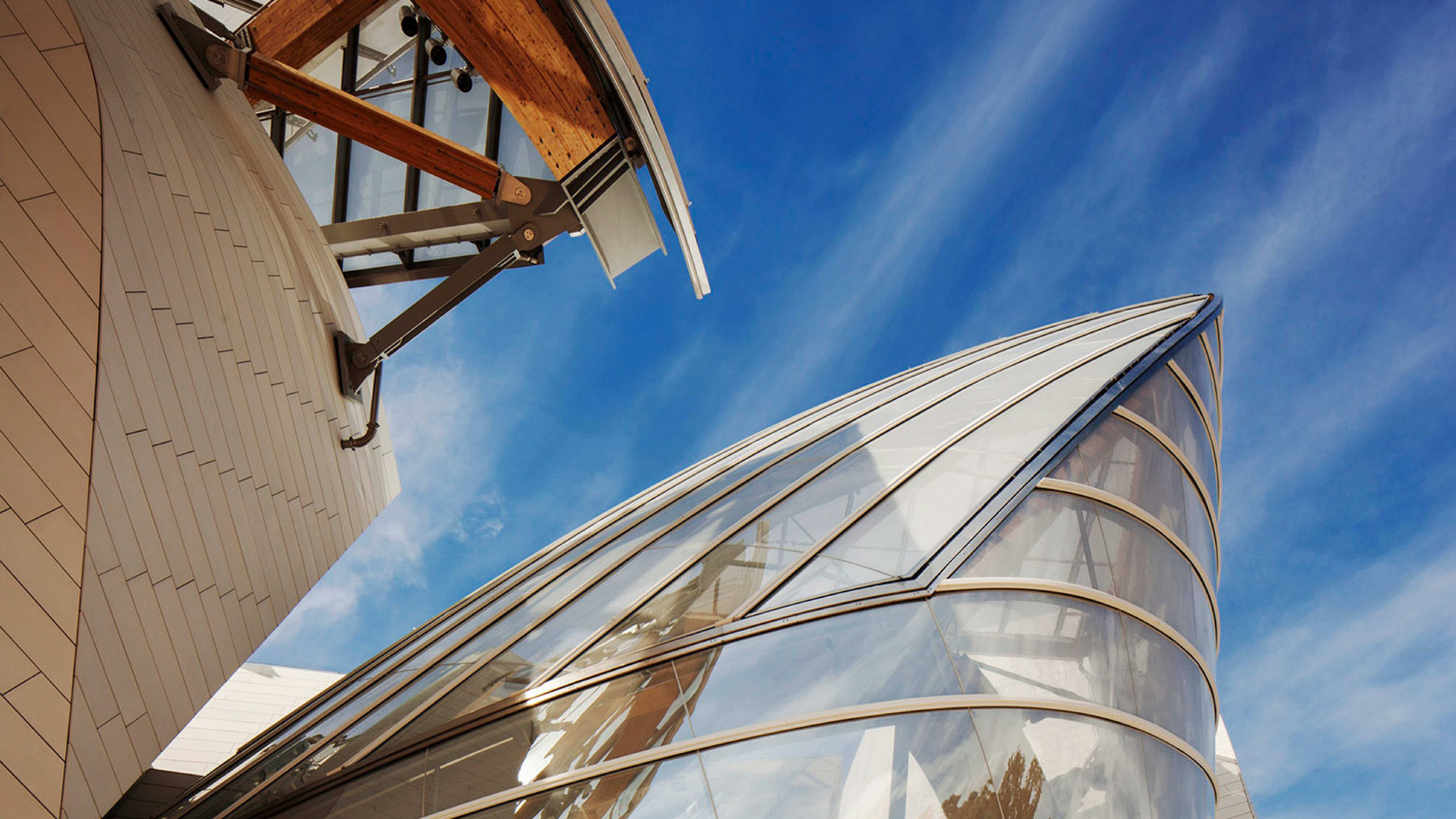
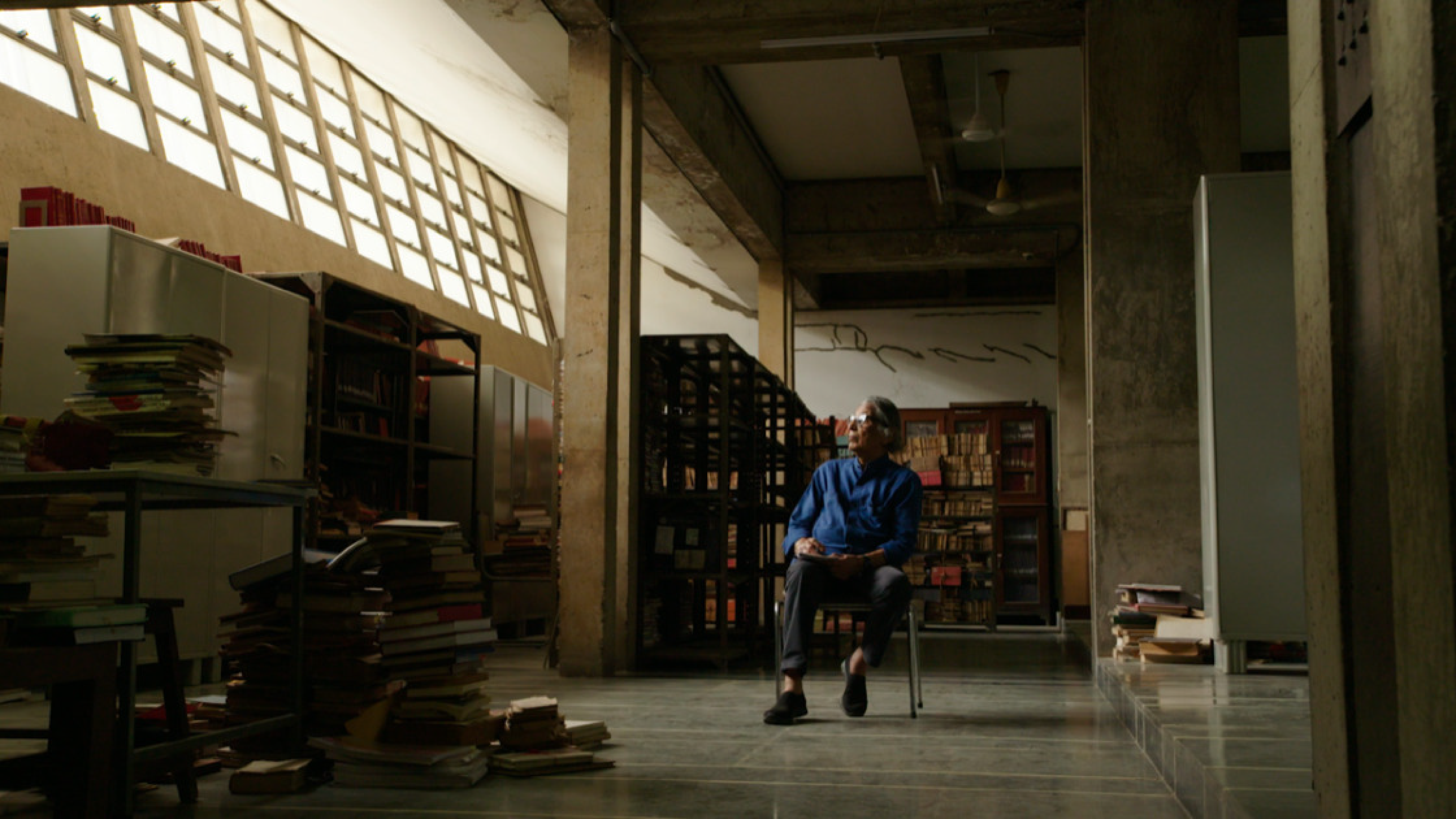
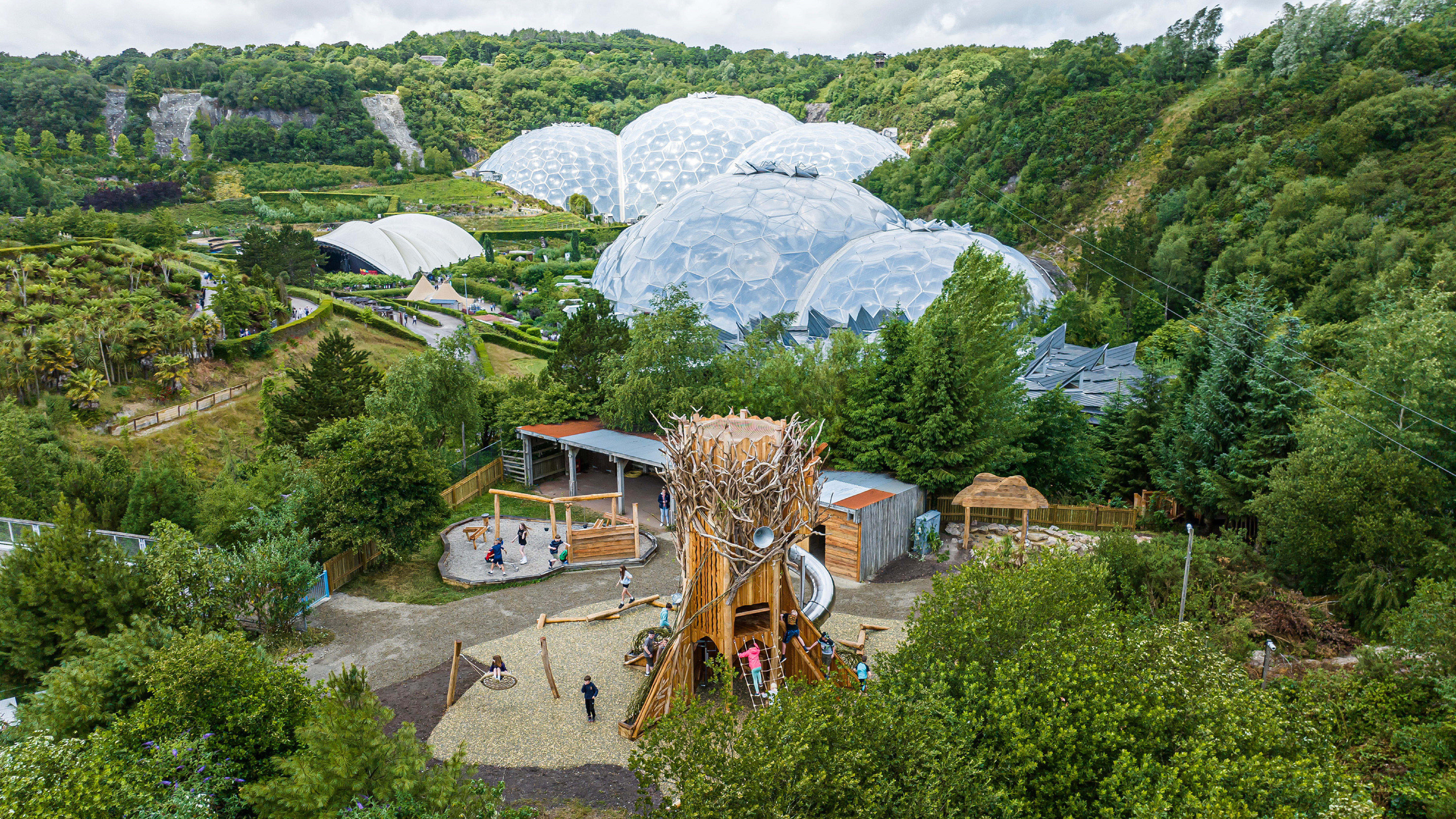
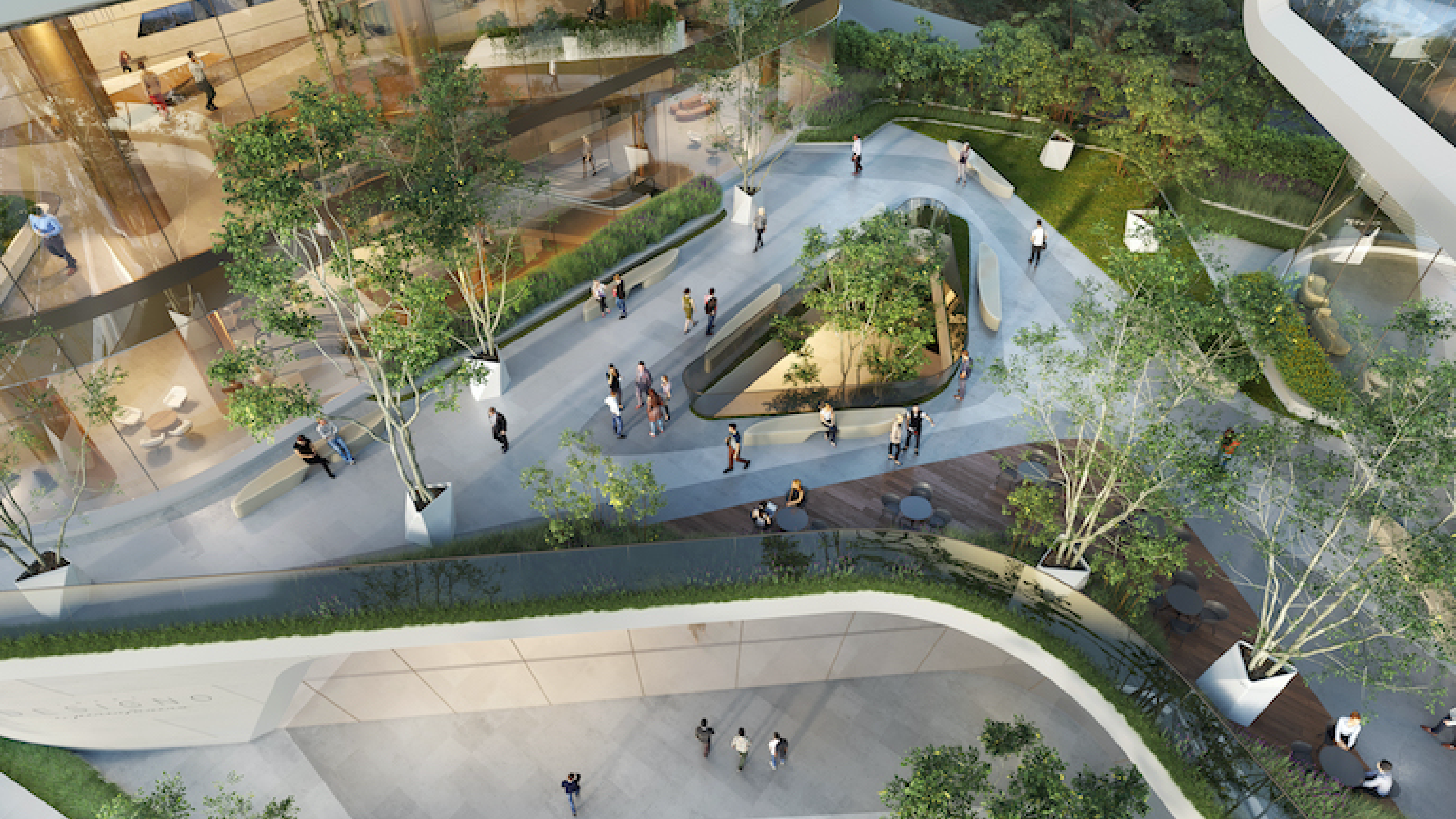
Leave A Comment